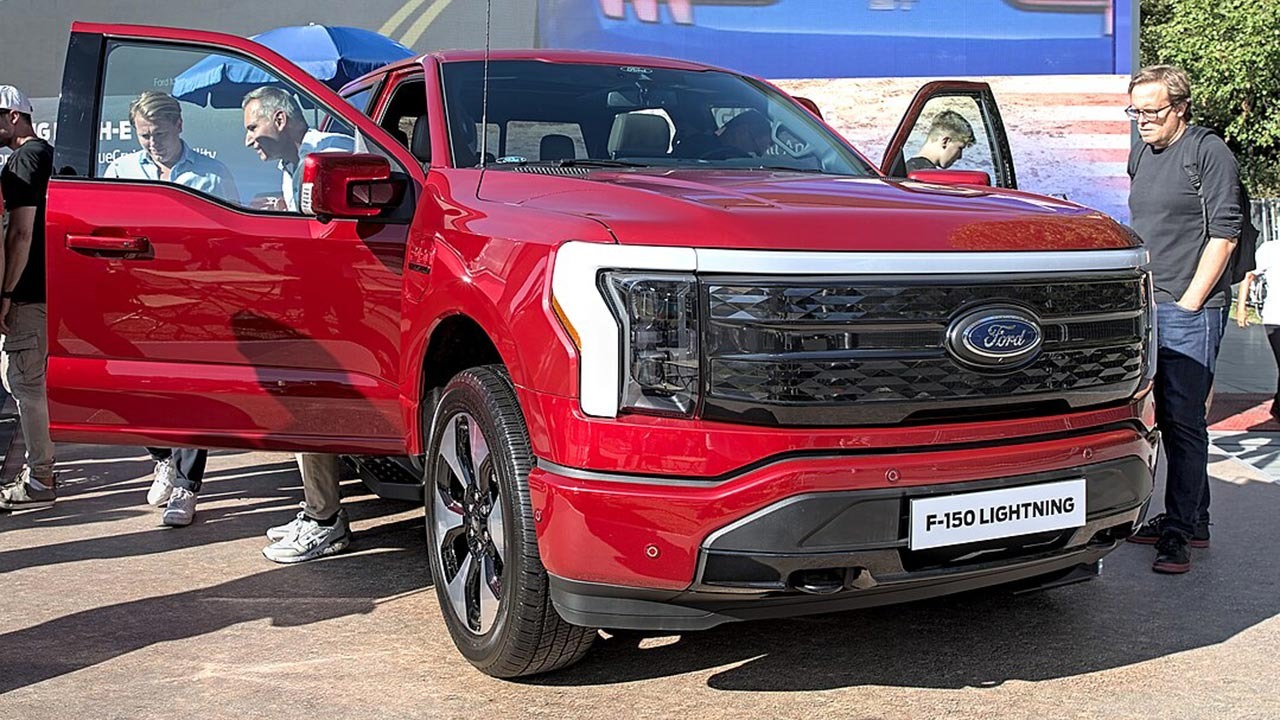
The Ford F-150 has long been a staple in the pickup truck market, beloved for its durability, performance, and innovation. With the next major redesign reportedly delayed until at least 2028, many enthusiasts and potential buyers are eager to know what changes and improvements Ford might bring to this iconic model. Here, we’ll explore everything you need to know about the next F-150 redesign, from expected features to potential delays.
Current Status and Delay Reasons

The current F-150 model’s life has been extended until mid-2028, a decision that allows Ford to refine its future offerings and address evolving market needs. This extension is partly due to the company’s strategic focus on maximizing the current model’s potential while aligning with broader industry trends. The delay provides Ford with more time to incorporate advanced technologies and ensure the next-generation F-150 meets the highest standards of performance and innovation.
The delay affects consumer expectations and market competition, as buyers and enthusiasts eagerly await the next big thing from Ford. During this extended period, Ford is focusing on enhancing the current model with incremental updates that address customer needs and preferences. This approach allows the company to maintain its competitive edge in the pickup truck market, ensuring that the F-150 remains a top choice for consumers.
Anticipated Design Changes

When it comes to exterior and interior updates, fans can expect the next F-150 to feature a fresh and modern look. Predicted changes include a more aerodynamic body structure and a bold new grille design that reflects Ford’s commitment to innovation. Inside, the cabin is likely to receive significant revamps, with a focus on enhancing the user interface and overall comfort for both driver and passengers.
Technological advancements are at the forefront of the anticipated redesign, with Ford expected to integrate cutting-edge technology and driver-assistance features. The next F-150 may see improvements in infotainment and connectivity options, offering a seamless experience for tech-savvy drivers. These updates will likely include enhanced navigation systems, voice-activated controls, and wireless charging options.
Performance and Efficiency Enhancements

Speculations about the F-150’s performance suggest that Ford will introduce new engine options and powertrain innovations. This could include the expansion of hybrid and electric variants, aligning with the growing market demand for eco-friendly vehicles. By embracing these technologies, Ford aims to maintain the F-150’s reputation for power and performance while meeting environmental standards.
In terms of fuel efficiency and environmental impact, the next F-150 is expected to showcase significant improvements. Ford is committed to reducing emissions and enhancing fuel economy, positioning the F-150 as a leader in sustainability. These efforts reflect Ford’s broader commitment to eco-friendly practices and the development of vehicles that meet the needs of environmentally conscious consumers.
Market Position and Competitor Analysis

As the F-150 undergoes its redesign, it will face stiff competition from rivals like the Chevy Silverado and Ram 1500. However, Ford is expected to differentiate the F-150 through innovative features and advanced technology, giving it an edge in the market. Key differentiators may include superior towing capacity, advanced safety features, and a more comprehensive suite of driver-assistance technologies.
Pricing strategies for the redesigned F-150 will be crucial in maintaining its value proposition. Ford is likely to balance affordability with premium features, ensuring that the truck remains accessible to a broad range of consumers while offering the latest advancements. This approach will help Ford maintain its strong market position and attract both loyal customers and new buyers.
Consumer Expectations and Feedback

With the next F-150 redesign on the horizon, loyal customers have high expectations and a wishlist of features they hope to see. Common feedback includes desires for improved fuel efficiency, enhanced technology, and increased comfort. These insights provide valuable guidance for Ford as it works to meet and exceed consumer expectations.
Ford is expected to incorporate consumer feedback into the redesign, ensuring that the next F-150 aligns with evolving preferences and demands. By actively responding to customer trends, Ford is likely to strengthen its relationship with consumers and maintain the F-150’s status as a leader in the pickup truck segment. Strategies may include incorporating more sustainable materials, offering customizable options, and enhancing overall vehicle performance.